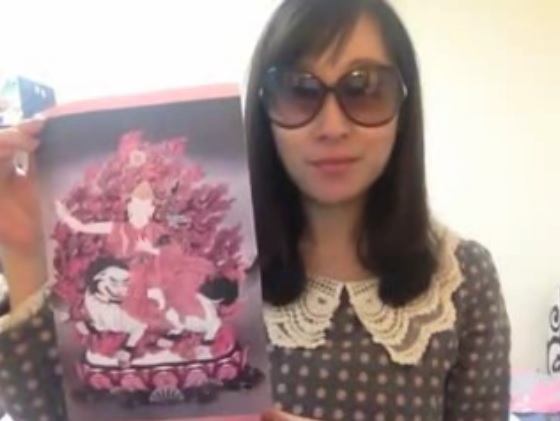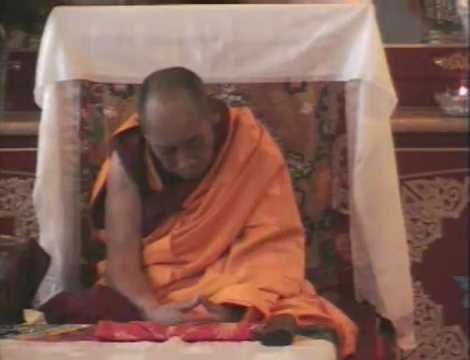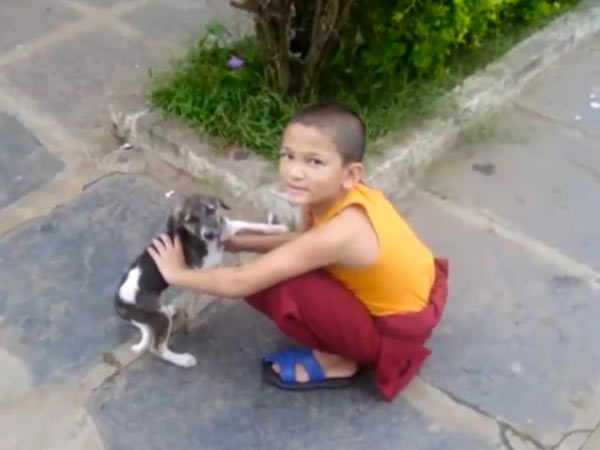DHARMA READINGS
| THE SECRET OF THE MIND IS YAMANTAKA AND THE WRATHFUL ONES - The mystic background | | Print | |
Page 2 of 5
The mystic background In the Upanishads Yama is presented as the “Virile Lord”, a little wild perhaps, a “husband of women and lover of maidens”, while also serving as “Judge of the Dead”. King Yam or “Yam Raj”, the “God of Death” of popular Hinduism, is also the Great Instructor into the mysteries of life and the hereafter. Yama is described as being like a dark male buffalo, or in human shape as a dark man riding a male buffalo and holding a club or staff. His domain was supposed to be “in the South”. Interestingly, the aboriginal Bhil tribal peoples of India, who are dark complexioned, treat Yam Raj as a great god and call him by the name “Zom” in their language. They say that Zom and his sister exchange special presents on particular days and believe that at death the soul follows Zom’s orders. Yama becomes connected to the Bhairava or wrathful form of Shiva in the Hindu Tantric tradition. This form of dread and terror was assumed after Shiva decapitated Brahma the Creator. Brahma’s head became Shiva’s begging bowl, which finally fell from his hand at Varanasi, where he overcomes Time (kala) to become Mahakala, the Great Black One, popularly known to Tantric Yogis as “Kal Bhairav”. Yama’s sister Yami is associated with the sacred river Yamuna, connected to the main Subtle Channel (nadi) on the left, the “Path of Death”. She is further associated with Chamunda (the emaciated yogini and Mother Goddess of the cremation-ground) and Durga (the mystic form of Shiva’s consort Uma/Parvati/Kali). The eight Bhairava-forms of Shiva (named Krodha, Kapali, Canda, Ruru, Samhari, Asitanga, Bhisana and Unmatta in one tradition) have the eight Mother Goddesses (matrikas) as magical consorts or “sisters”, and are further connected to eight Great Cremation-grounds which become the main places for Tantric initiation and are usually depicted around the outer edge of Tantric mandala paintings from Nepal and Tibet, whenever a wrathful form is at the center. The Hindu rites of Yama are generally supposed to be necromantic and take place at midnight during the dark of the month, in the cremation-grounds. The dark wrathful Yogi of Shaivite style – with hair wild and matted, eyes red and bulging from intoxicants, body covered with funeral ashes, draped in animal skins and snakes, holding a trident and eating from a human skull-bowl – become an icon of initiation, a Mahakala or Bhairava, who can take the seeker through the dark mysteries of death and into the clear light of Self-realization. The confrontational and spontaneous initiatory approach of the Indian Siddha Yogis has been well documented in history and at the present time. Some Tibetans who had the fortitude and courage to reach India and seek out Tantric Masters in the sacred cremation-grounds must have experienced Yama as an awesome initiatory vision which remained with them for always. Knowledge of the mysteries of death are the goal of all higher mystic practices. Those of Buddhist inclination saw Yama as Yamantaka, “Remover of the Obstacle of Death”, as a “Protector of the Buddhist Dharma” and the “Ultimate Judge of all Karmic acts”. Madanjeet Singh, author of a fine book on Himalayan Art and culture, retells the popular Tibetan story as to how Yamantaka got his bull’s head: “The origin of the bull-head is ascribed to the tradition which speaks of a holy man who lived in a cave, practicing meditation. As he was about to achieve his objective and enter nirvana, two thieves with a stolen bull entered the cave and slaughtered it. When they saw the ascetic, a witness to their crime, they beheaded him too. But to their astonishment, the victim lifted the head of the bull and replacing his own severed head with it, became the ferocious form of Yama. He then not only devoured the two thieves, but his insatiable thirst for human blood threatened the whole population. The followers of the Vajrayana, therefore, appealed to Manjusri who, then assuming the fierce bull-headed form of Yamantaka, defeated Yama in a fearful struggle.”
|
OTHER DHARMA READINGS
- A GUIDE TO SPIRITUAL PRACTICE
- DHARMA DEMYSTIFIED: NAGARJUNA, THE FOUNDER OF THE MAHAYANA TRADITION
- DORJE SHUGDEN ON BLACK HORSE
- WHY MANJUSHRI MATTERS
- DHARMA DEMYSTIFIED: THE ENTHRONEMENT OF DORJE SHUGDEN









